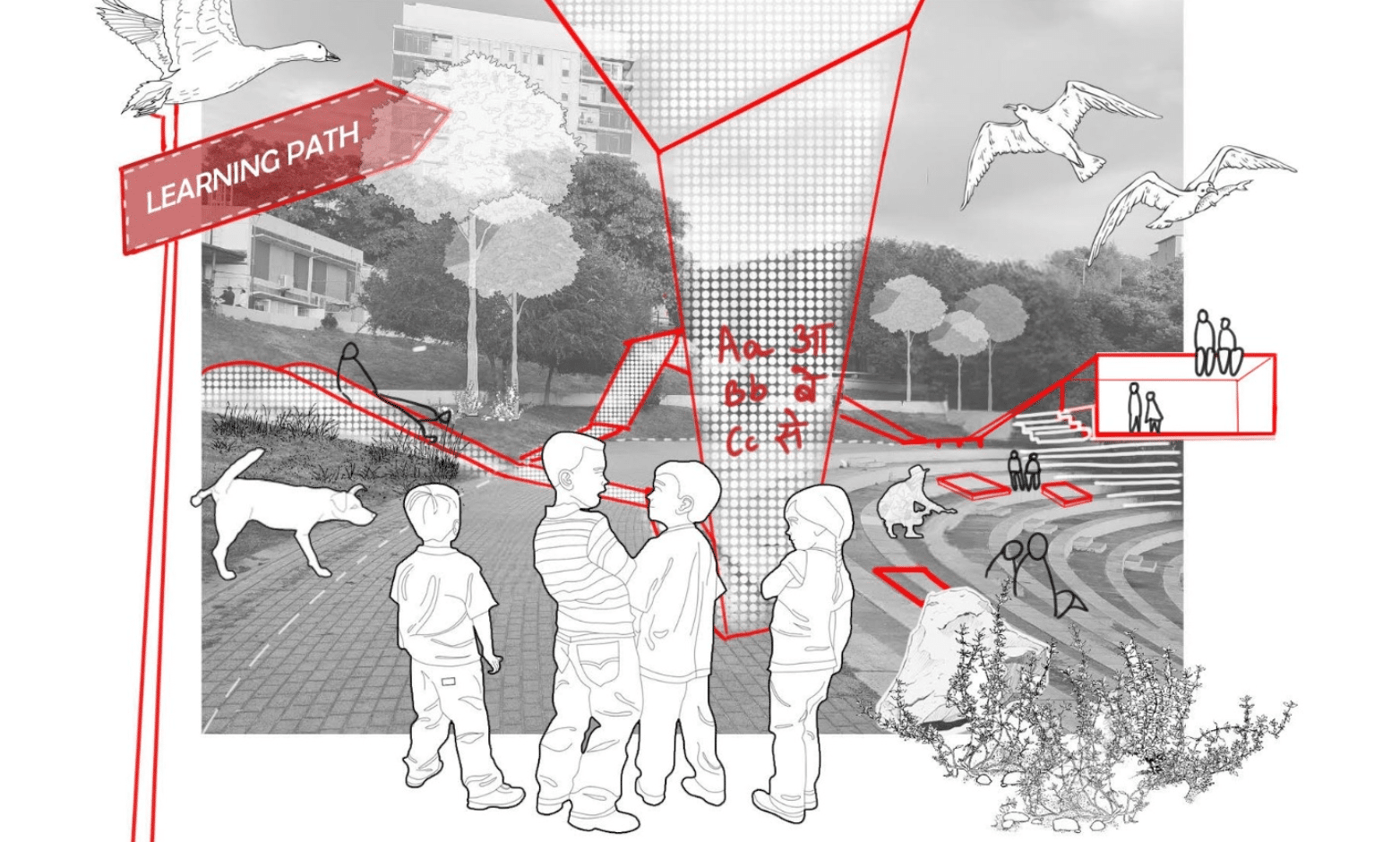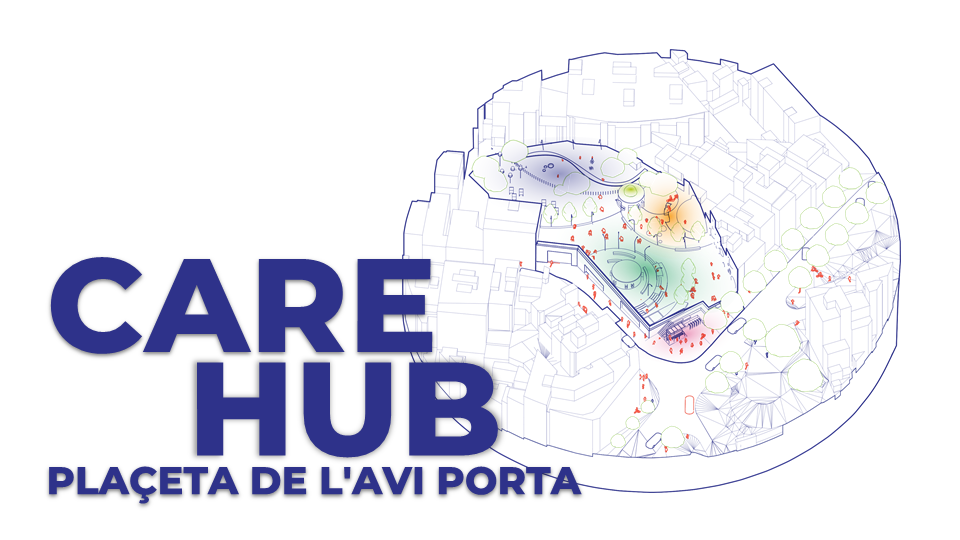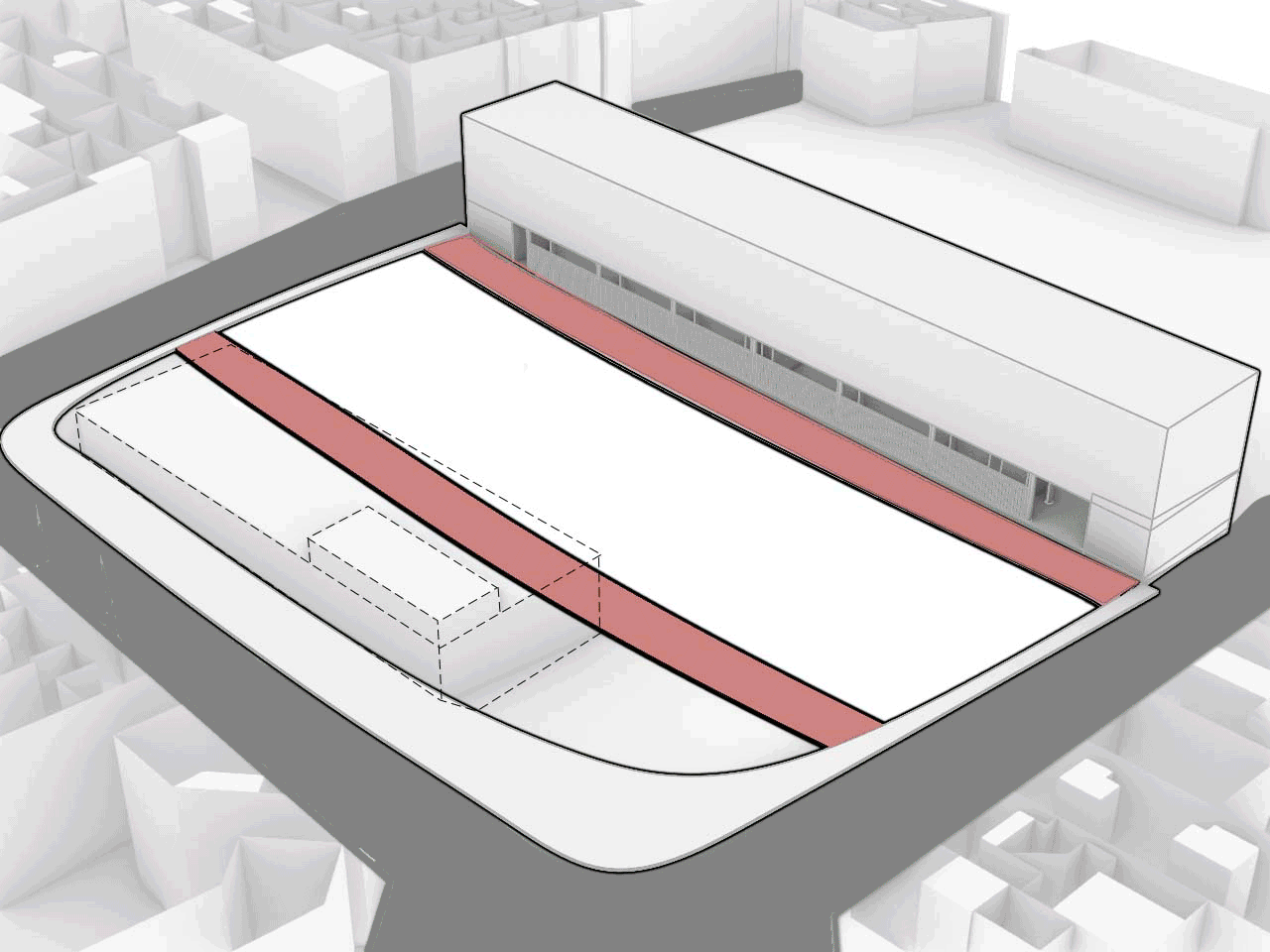
Credits: Empowering Vulnerable People with Adaptive Infrastructure is a project by the students Alexandra Poses, Rhea Khoury and Avi Sharma during the course MaCT01 23/24 Internet of People with Pablo Muñoz Unceta, Laura Guimarães, Iñaki Romero Fernández de Larrea and Jon Aguirre Such.
Description
This Design seminar on data-driven analysis-design process to understand and address local needs on different dimensions: social, physical/urban, environmental. In order to facilitate this process, the seminar will be developed in 2 separate, but complimentary parts:
- First (21st-25th of October), working on social and physical vulnerability, exploring the collaborative dimension of design, and focusing on open spaces.
- Second (25th-29th of November), working on environmental vulnerability, exploring the ecological dimension of design, and focusing on ecological connectivity.
The students will focus on the development of these principles, working in groups, and in a close-by location (Santa Coloma de Gramenet), combining on-the-field observation with data analysis and design.
The case of Santa Coloma de Gramenet
Santa Coloma de Gramenet is a municipality located in the conurbation of the Metropolitan Area of Barcelona, situated on the left bank of the Besòs river, between Sant Adrià del Besòs, Badalona and the Serralada Marina mountains. The city is the result of an intense process of urban growth during the 20th century, especially between 1950 and 1975, fostered by an intense rural-urban migration period in Spain in which many vulnerable populations in search of jobs arrived in Barcelona and other cities. This very rapid and unstructured urbanisation process ended in a very dense and compact city with little access to public facilities or urban spaces. In the context of the 1975 Barcelona Metropolitan Plan, social movements and neighbourhood organisation’s demands triggered the development of some of those lacking urban services. Nevertheless, nowadays Santa Coloma still has high social complexity levels, with a high concentration of vulnerable population. The different inequalities that overlap in Santa Coloma result in vulnerable areas where lack of affordable housing coexists with low-quality housing, high poverty levels, or low accessibility due to the territory’s geography.
Even though Santa Coloma is still one of the most vulnerable cities in Catalonia, during the last decades different policies and projects on urban regeneration, gender equality or social inclusion have partially and positively transformed its territory. Among them, the municipality approved a strategy called the “Pinta Verda” in 2017 to develop an urban structure based on public space and green corridors, connecting the Besòs river with the Serralada Marina. This project is also part of Santa Coloma’s Urban Agenda, a city vision towards 2030 containing a set of urban, environmental and social proposals, together with a thorough analysis of the city’s reality.
Co-Creation for inclusive urban spaces
World societies are becoming more aware of the impact of global trends and challenges, such as climate change, the energy crisis, or global warming in their everyday lives. Even though challenges are suffered differently in different geographies and by different societal groups, their effects have been experienced and acknowledged by the whole world population. Moreover, initiatives and policies that aim at changing these trends or generating tools for adaptation are increasingly aware of the need to involve citizens and other societal actors if they want to achieve a sustainable change. From local climate agreements to energy communities, soft mobility systems, waste management, healthy urban spaces or sustainable food production, the role of citizens is at the core of the transformation of urban areas. This design seminar aims to rethink the role of citizens in the adaptation of the urban environment in a context of urban vulnerability and potential urban segregation.
We will approach this issue through a combination of big data analysis and qualitative approaches, rethinking the involvement of society in the generation, analysis and storytelling of data. We need new and innovative approaches to analysing local impact and developing new narratives in which civil society is seen not as a passive consumer of policies and products, but as an active agent that manages resources, proposes changes and leads an adaptation process that takes into account diversity of local communities.
Learning Objectives
At course completion the student will:
- Be capable to download, manage and analyse spatial data on the neighbourhood scale.
- Understand the basics of qualitative data collection and analysis.
- Understand the basics of quantitative data collection and analysis.
- Understand the basic concepts of urban governance and participatory urbanism.
- Understand the basic concepts of climate change adaptation and mitigation.
- Design in a real-situation urban project or proposal, managing both quantitative and qualitative data that supports it.
- Combine design, indicators, citizen-centred and nature-driven processes to support an urban transformation proposal and narrative.









